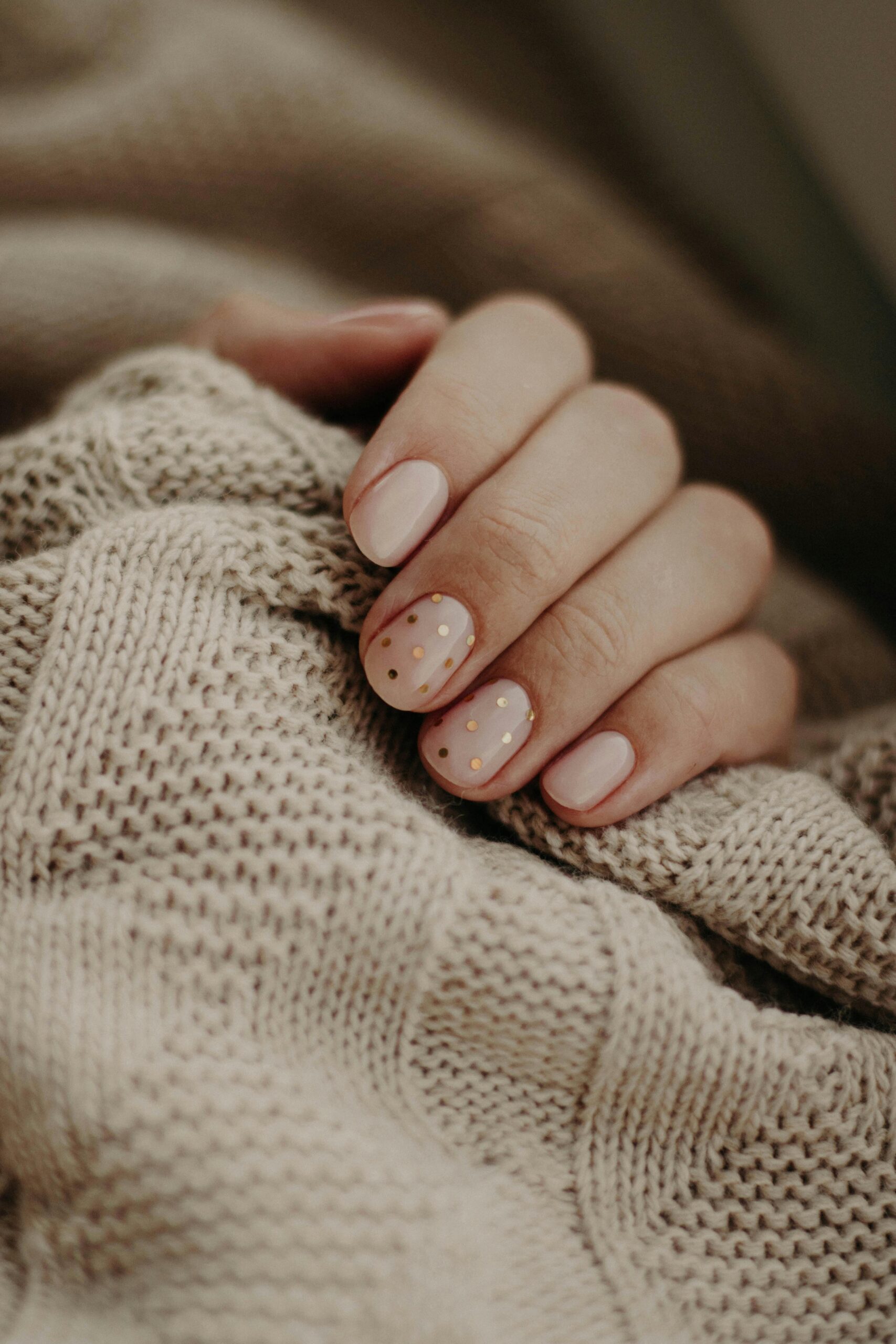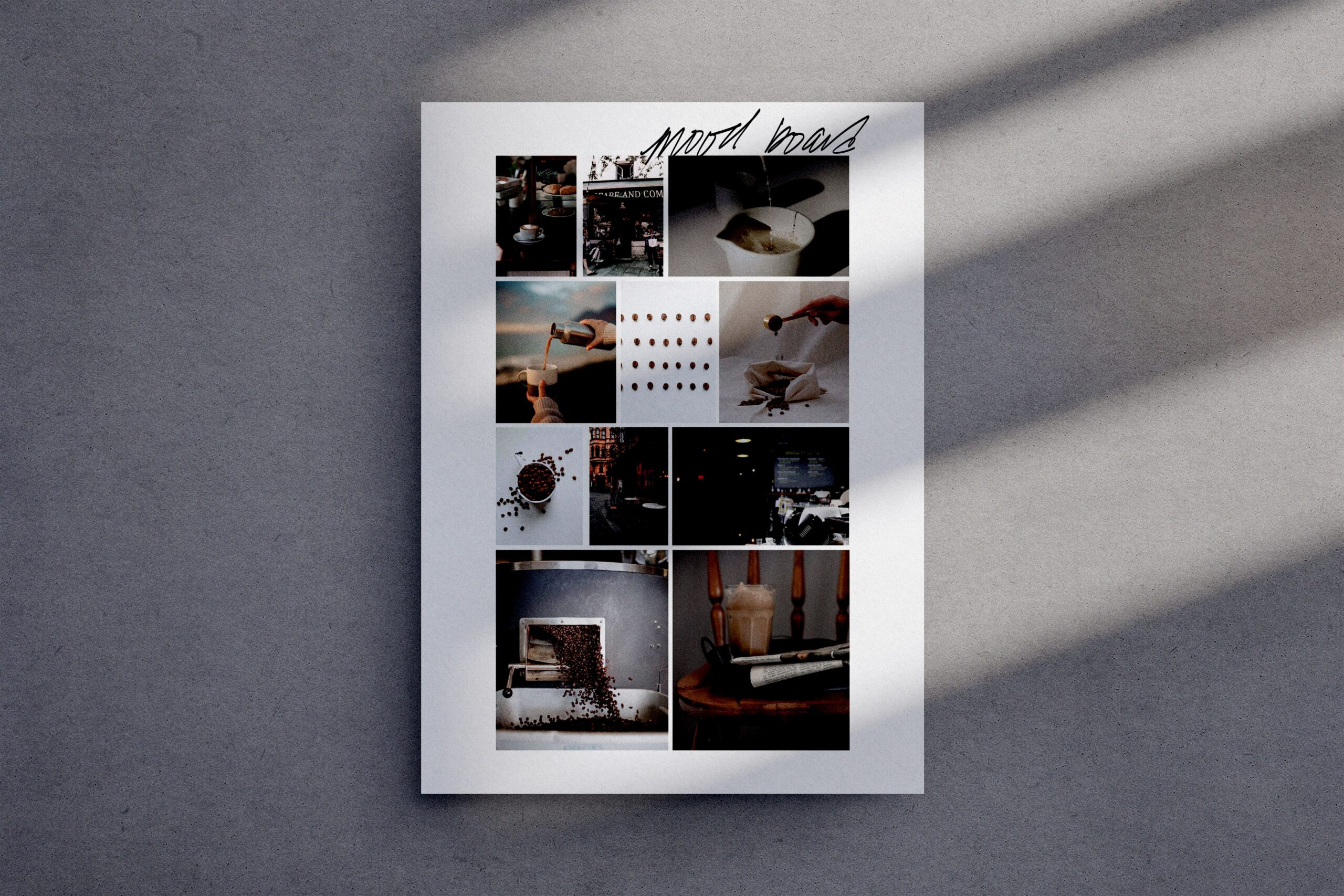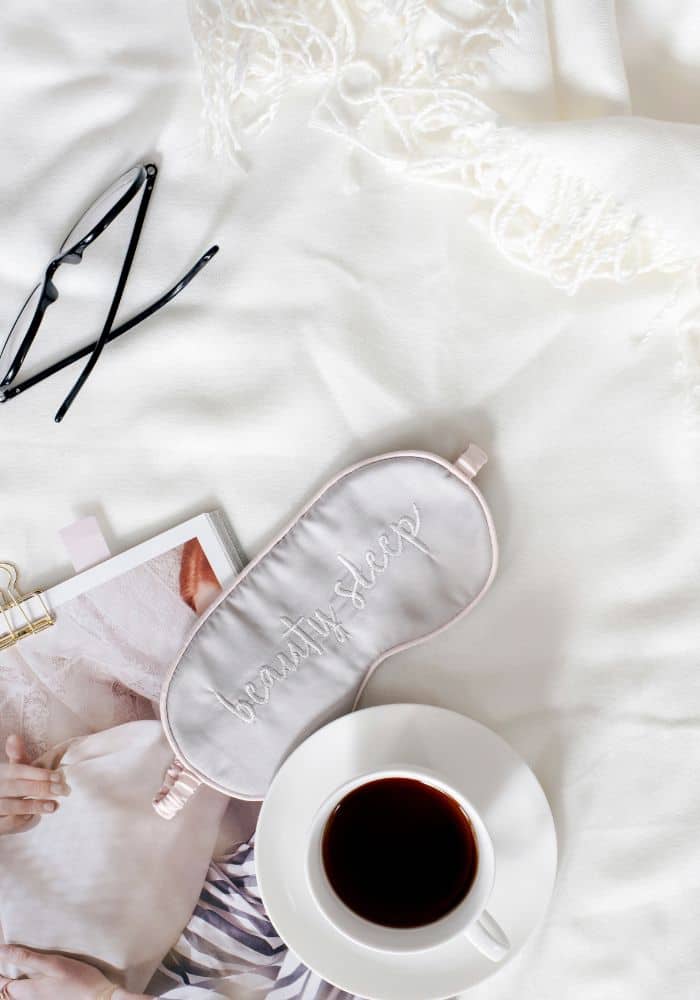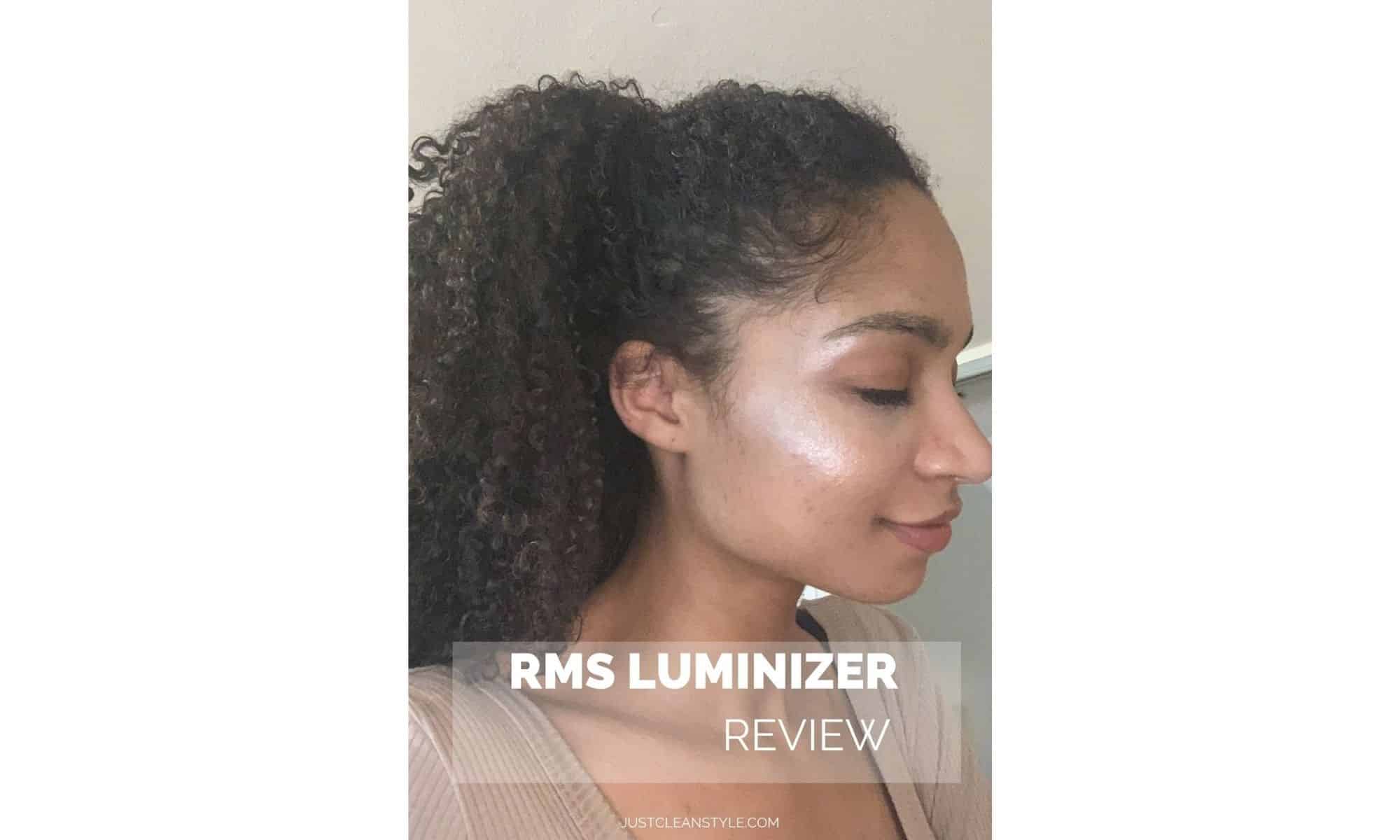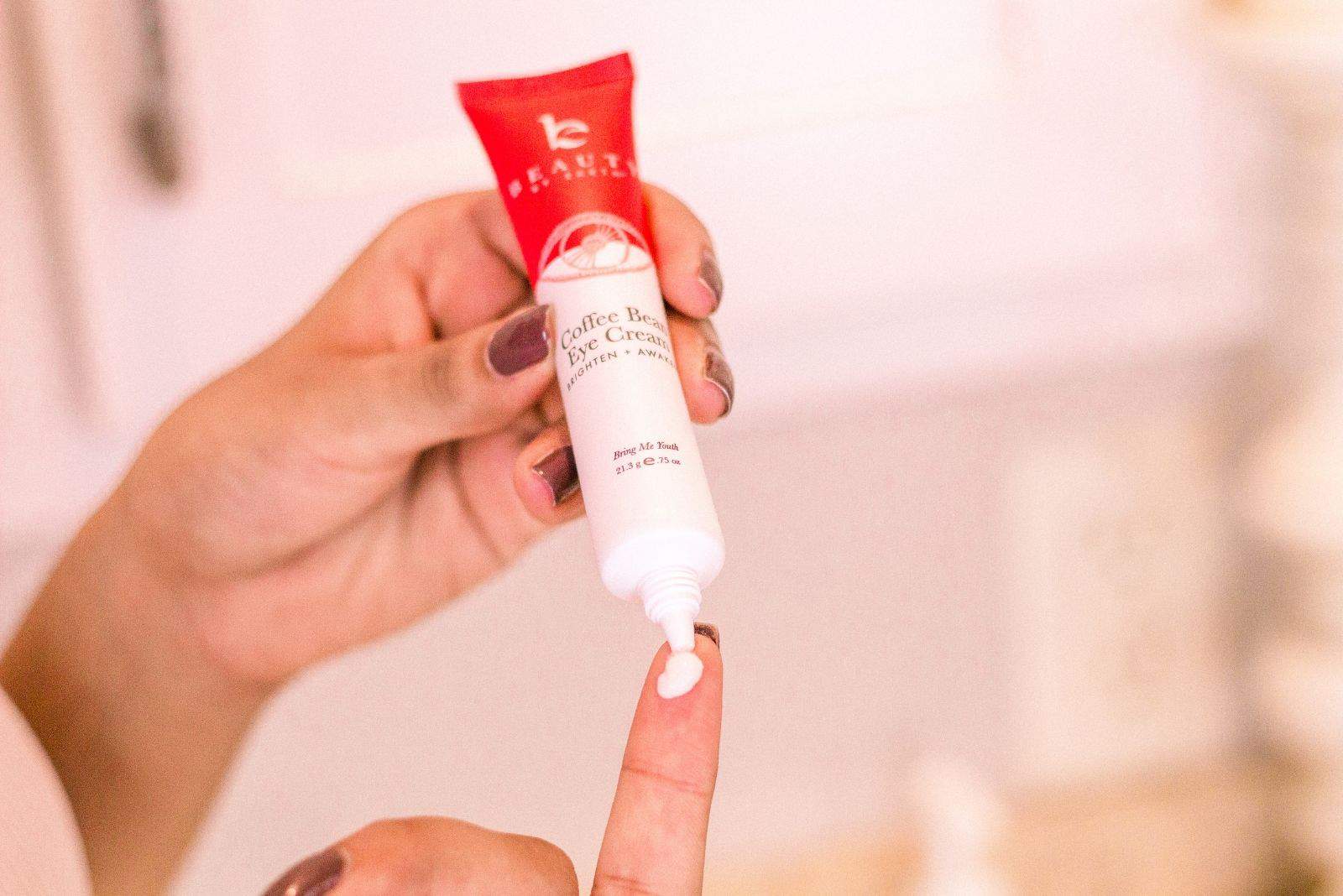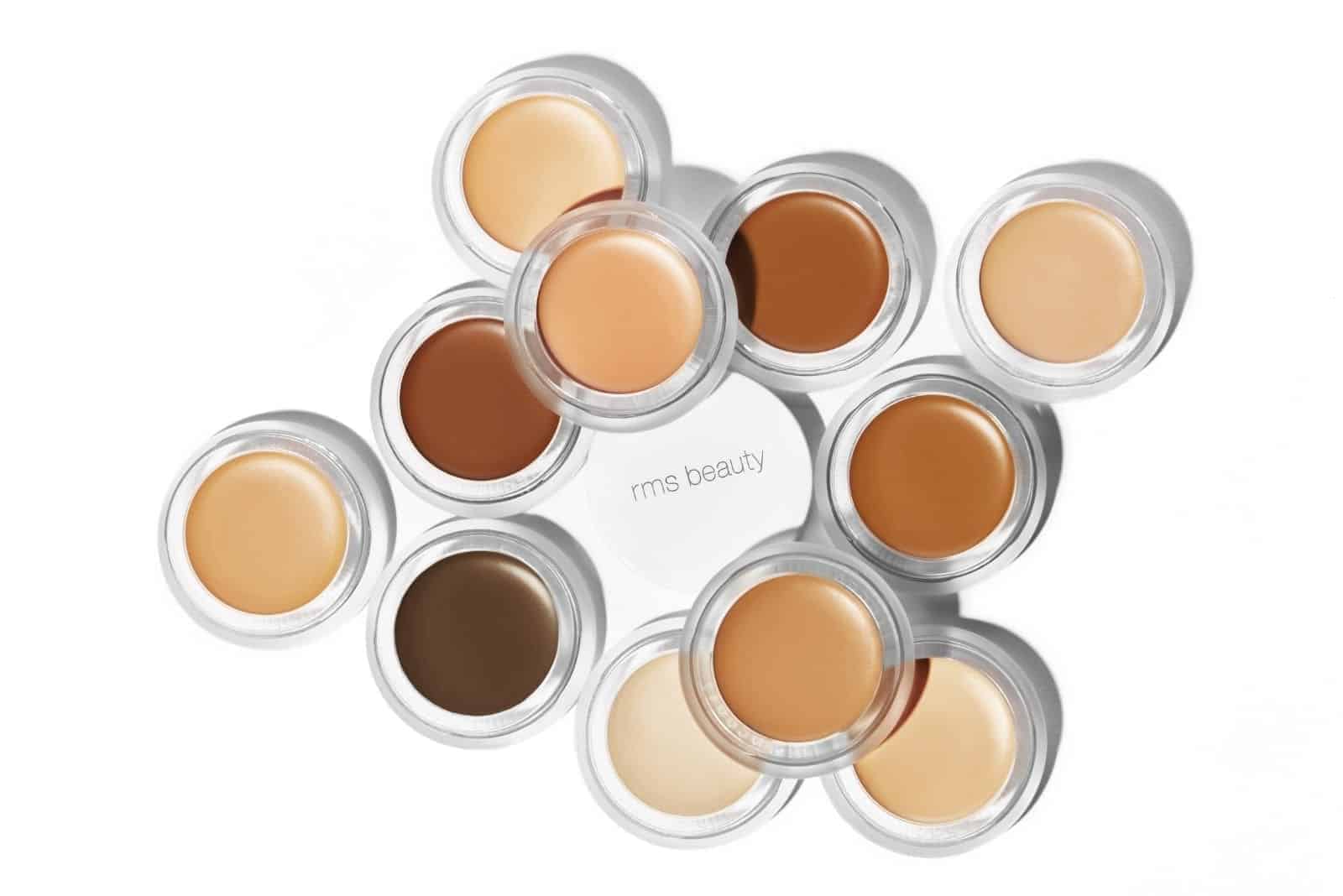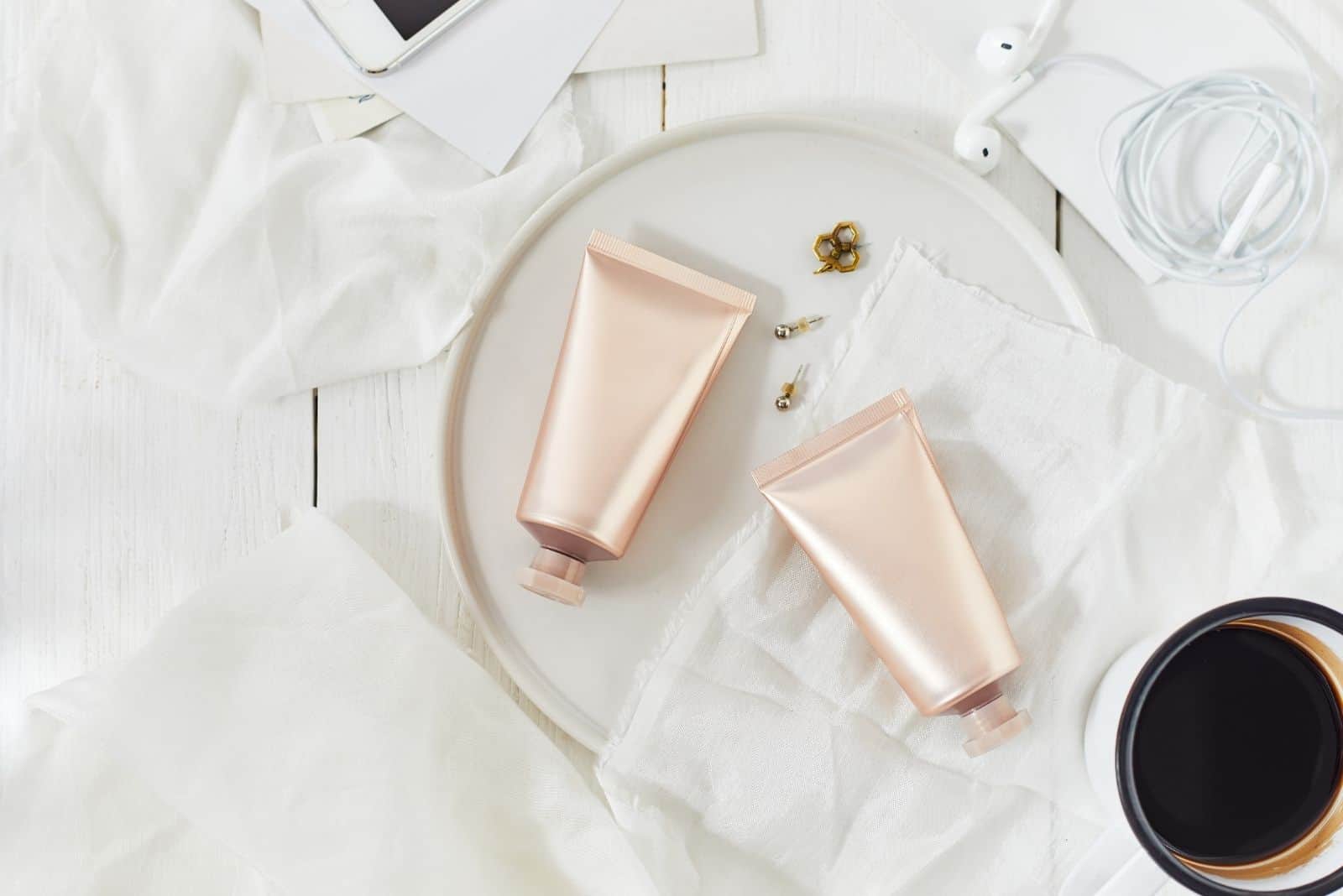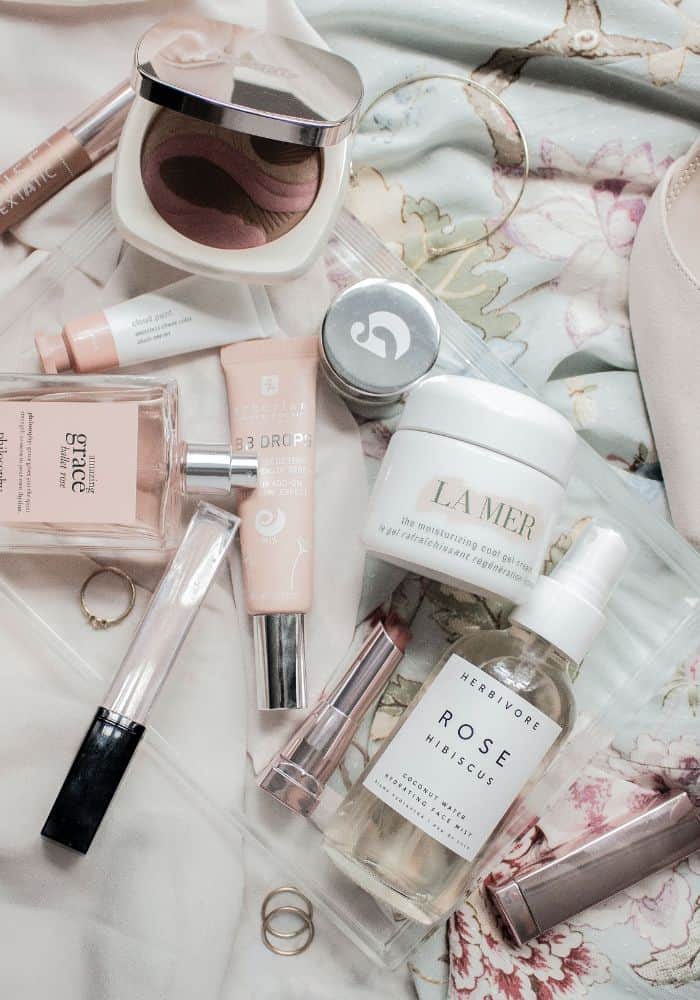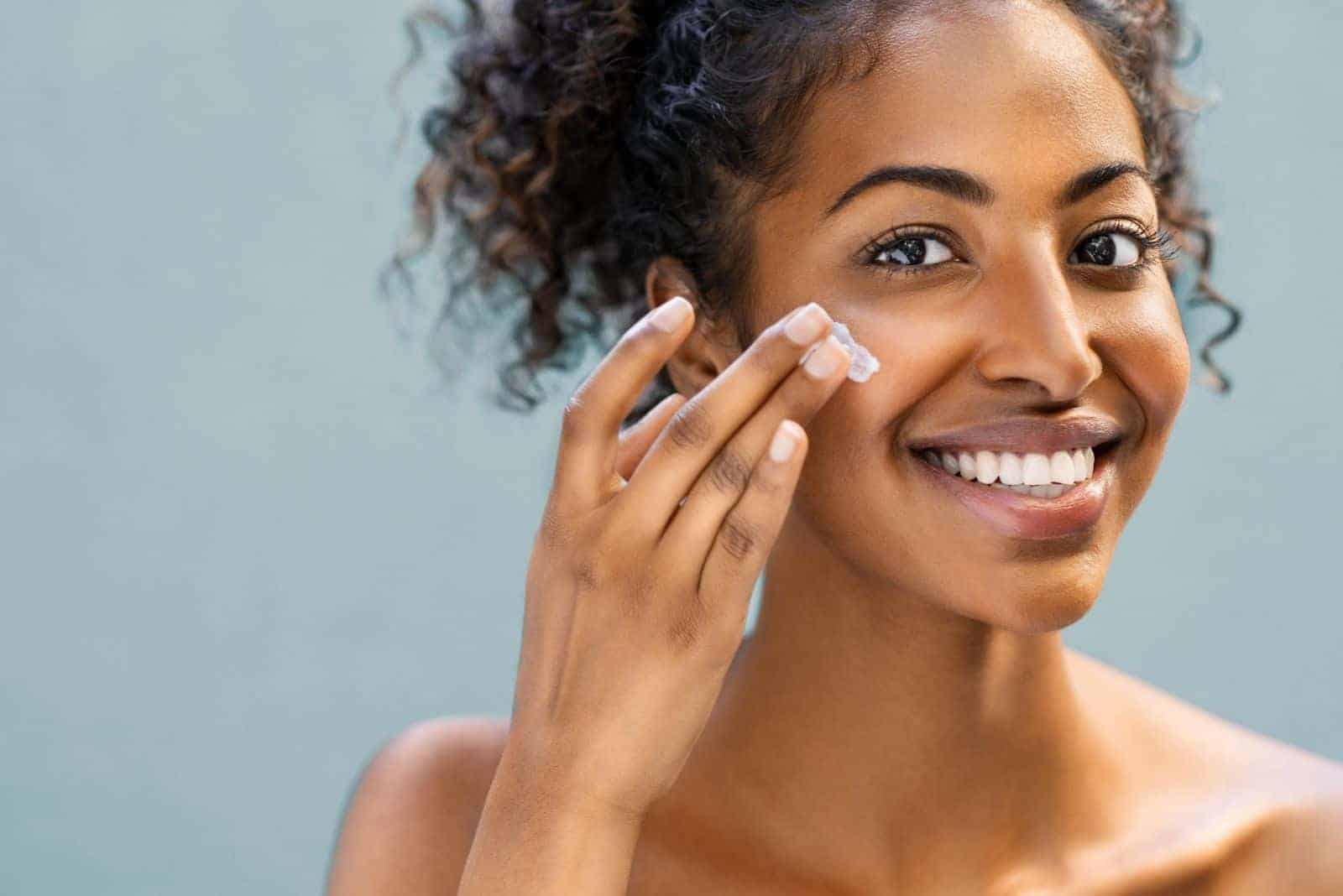Finding your skin undertone is important for selecting the most flattering makeup, clothing, and accessories. Shopping for new beauty staples can feel difficult, but the process is simpler than you might think. It all comes down to knowing whether your undertone is warm, cool, or neutral. Your undertone is the key to picking shades that truly complement your complexion.
This post may contain affiliate links, which means I’ll receive a commission if you purchase through my links (at no extra cost to you). I only promote products I’ve tried and love. As an Amazon Associate I earn from qualifying purchases.
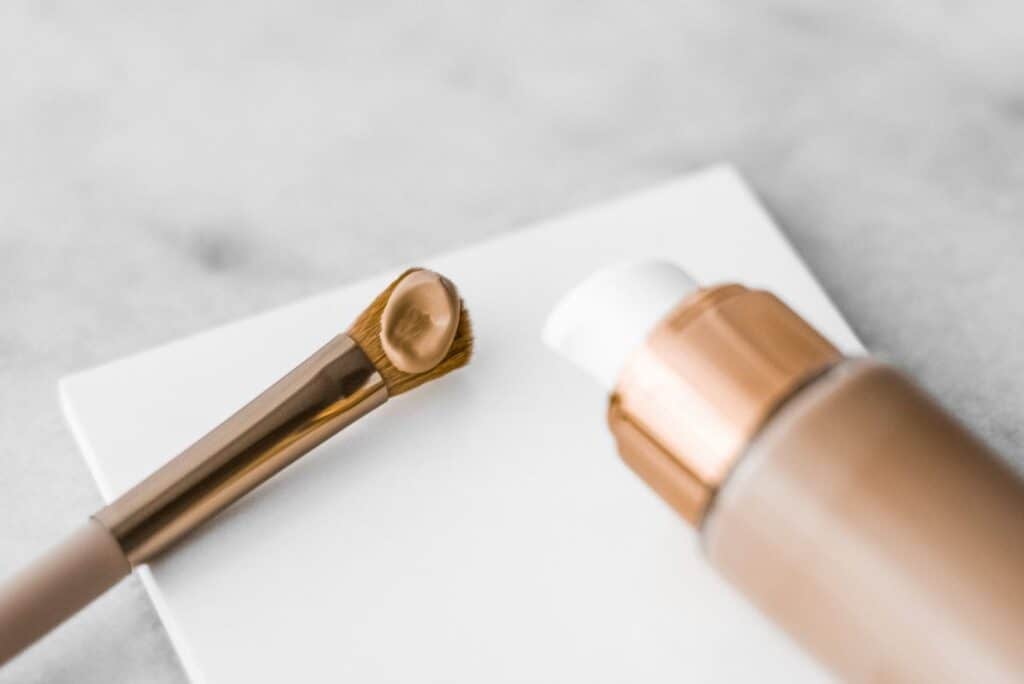
What Is a Skin Undertone?
Your skin tone is the surface-level color of your skin. It can range from fair to medium, tan, dark, and everything in between. Your skin undertone is the underlying hue that affects how different colors look on your skin:
- Cool: Your undertone is made up of hints of blue, pink, or red. If you have a cool undertone. You’ll likely notice that blue-based reds and silver jewelry look the best on you.
- Warm: Your undertone is made up of hints of peach, or gold. You’ll likely notice that gold accessories and orange-based reds look best on you.
- Neutral: Your undertone is made up of both cool and warm hues. Even if your skin tone is neutral, you will still probably find that warm or cool colors tend to look better on you.
Many people struggle to find foundation that matches their skin tone because they aren’t sure about their undertone. If you’re tired of makeup or clothing that washes you out, finding your undertone can help you elevate your look.
How to Find Your Skin Undertone
You can easily determine your undertone with a simple test, so you can confidently choose the right foundation, makeup, and clothing colors that help you look and feel your best. It is important to use tools to help you determine your undertone, because according to a recent study, your naked eye’s perception of a color match isn’t always accurate. (1)
1. Look at Your Veins
One of the easiest ways to identify your undertone is by examining the color of your veins in natural light.
- Cool Undertone: If your veins appear blue or purple, you likely have a cool undertone.
- Warm Undertone: If your veins appear more green you likely have a warm undertone (the golden hues in your skin mix with the blue color of your veins to create a green color).
- Neutral Undertone: If you can’t tell whether your veins are blue or green you likely have a neutral undertone that suits a wide range of clothing and jewelry colors.
2. Look at Your Wardrobe: White vs. Cream Clothing Test
The colors you wear regularly can help you determine your undertone. If you have a warmer undertone, you will likely wear more cream and off-white colors. If you have a cooler undertone, you probably look best in cool, crisp white tones.
This classic test uses simple wardrobe staples: a white shirt and a cream-colored shirt. If you don’t have these colors, you can also use white and cream scarves, towels, or even paper. Start by standing in front of a mirror in natural light. Next, hold up the white and cream items one at a time, and notice how your skin looks in comparison.
- Cool Undertone: If the cream shirt washes you out, you likely have a cool undertone. You’ll typically look better in true black, pure white, and cool grays. These colors complement the blue, pink, and red hues in cool skin.
- Warm Undertone: If the white shirt washes you out, then you likely have a warmer undertone. The golden and peachy hues in your skin look best next to off-white, cream, and ivory. You’ll likely look better in earthy browns, tan, or warm beige.
- Neutral Undertone: If both colors suit you equally well, you probably have a neutral undertone. This means you can pull off a wider range of colors.
If you have a cool undertone, you tend to look best in colors like sapphire blue, emerald green, or crisp white. People with warm undertones usually gravitate toward earthy hues like mustard yellow, terracotta, and olive green. Understanding your undertone can help you select clothing, makeup, and accessories that prevent you from looking washed out.
3. Examine Your Jewelry
The type of jewelry you wear can also help you determine your undertone. People with warm undertones usually gravitate toward warm jewelry with gold tones. People with cooler undertones usually wear more silver and cool-toned accessories. If you tend to have more warm tones in your jewelry box such as gold and copper, you likely have a warm undertone. If you have a neutral undertone, you will likely find that you wear multiple types of jewelry.
- Cool Undertone: If you find that silver jewelry makes your skin glow and gold tends to make you look washed out, you probably have a cool undertone. Silver enhances the natural coolness in your skin, giving it a radiant, fresh look.
- Warm Undertone: If gold jewelry looks best and silver looks dull on your skin, then you likely have a warm undertone. The yellow and peachy tones in your skin complement the warmth of gold, making you look vibrant and glowy.
- Neutral Undertone: If you can wear both gold and silver jewelry without noticing a significant difference, you likely have a neutral undertone that can handle a mix of both warm and cool colors.
4. Look at Your Hair Color
Your hair color can reveal a lot about your undertone. If you dye your hair and tend to wear warmer hair tones, this is likely because your stylist is matching your hair to your undertone. You can also look at your natural hair color to determine your undertone. If you have a cool undertone and gravitate to the “winter” and “summer” shades above then you likely have a cool undertone:
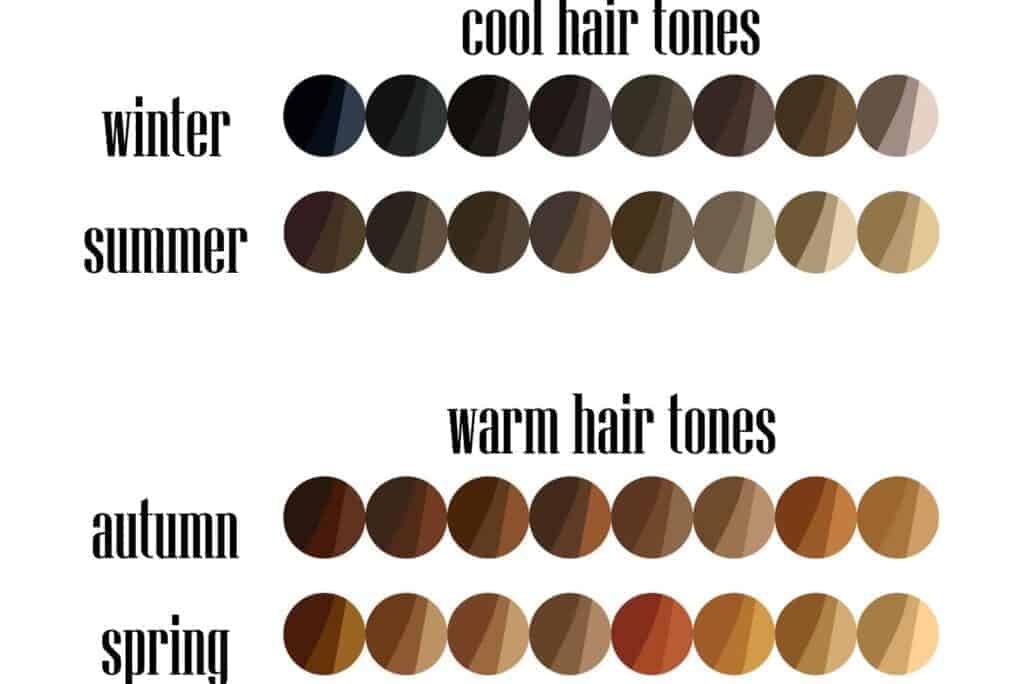
- Cool Undertone: If you gravitate toward platinum blonde or cool browns you likely have a cool undertone. You tend to look amazing in jewel-toned hair colors such as burgundy, deep violet, or cool pastels like icy blue or lavender.
- Warm Undertone: If you usually choose warm hair colors like golden blonde, caramel, honey brown, or auburns, you likely have a warm undertone. You also love wearing warm reds, coppers, and chocolatey browns that bring out the gold hues in your skin.
- Neutral Undertone: If you love to wear a wide range of shades and tend to have a balanced complexion, whether you are wearing icy blue or rich auburn, you likely have a neutral undertone. However, even if you have a neutral undertone, you will likely find that you prefer either warm or cool colors.
5. Sun Exposure Test for Skin Undertone
Your skin’s reaction to sunlight can be a strong indicator of your undertone based on your Fitzpatrick skin type according to a recent study: (2)
- Cool Undertone: If you burn easily and rarely tan, you likely have a cool undertone.
- Warm Undertone: If you tan easily and rarely burn, you likely have a warm undertone.
- Neutral Undertone: If you burn sometimes and tan other times, you may have a neutral undertone. Sometimes a tan will bring out the tendency toward warmer colors in neutral undertones.
If you rarely burn or tend to avoid the sun altogether, it’s best to use a different method to find your undertone. However, everyone has a different mix of hues and tones in their skin, so it is best to use a combination of tests to help you find your skin undertone.
6. Use Foundation Matching Tools to Find Your Skin Undertone
You can use a foundation matching tool on your favorite cosmetics website to see if your skin tone fits mostly warm, cool, or neutral shades. Try this out with more than one virtual foundation matching tool to help you determine your undertone quickly. Concealers like the RMS Beauty’s “Un” Cover-Up Concealer adjust to your skin tone. It is ideal for coverage that looks natural. If you have combination skin, you can try this with a setting powder. To learn more about RMS Beauty Un Cover Up, see the guide.
What to Do After You Find Your Skin Undertone
Now that you’ve discovered your skin undertone, finding the perfect makeup shades can become so much easier! Whether your skin undertone is warm, cool, or neutral you can find products that give you a flawless, natural finish and enhance your natural beauty. Now that you know your undertone, shopping for beauty staples will be so much easier! Don’t settle for mismatched shades—explore our curated list of makeup primer recommendations for every undertone.
Further Reading on Skin Undertone
- Hoffman, Alexandra F., et al. “Establishing a Clinically Applicable Methodology for Skin Color Matching in Vascularized Composite Allotransplantation.” Plastic and Reconstructive Surgery – Global Open, vol. 8, no. 2, Feb. 2020, p. e2655, www.ncbi.nlm.nih.gov/pmc/articles/PMC7159949/, https://doi.org/10.1097/gox.0000000000002655.
- Ward, William H., et al. “TABLE 1, Fitzpatrick Classification of Skin Types I through VI.” Www.ncbi.nlm.nih.gov, 21 Dec. 2017, www.ncbi.nlm.nih.gov/books/NBK481857/table/chapter6.t1/.
You'll Also Love
Credits
Legal
© 2021-2023 Just Clean Style
JCS is a participant in the LTK and Amazon Services LLC Associates Program, an affiliate advertising program designed to provide a means for sites to earn advertising fees by advertising and linking to Amazon.com or Like to Know It Affiliate Programs.
You deserve the best in beauty and business.
